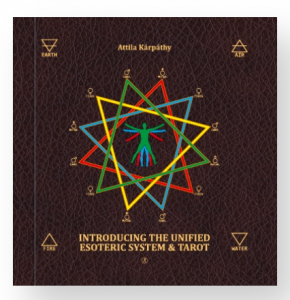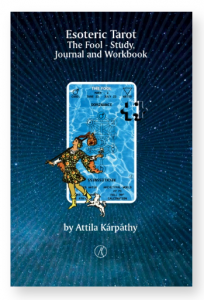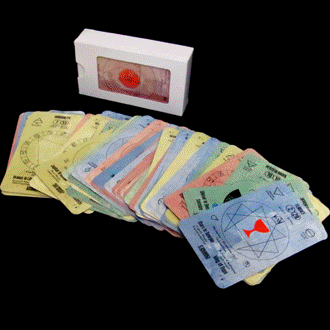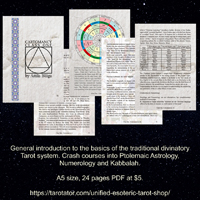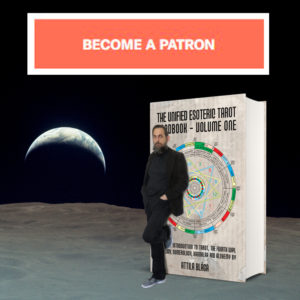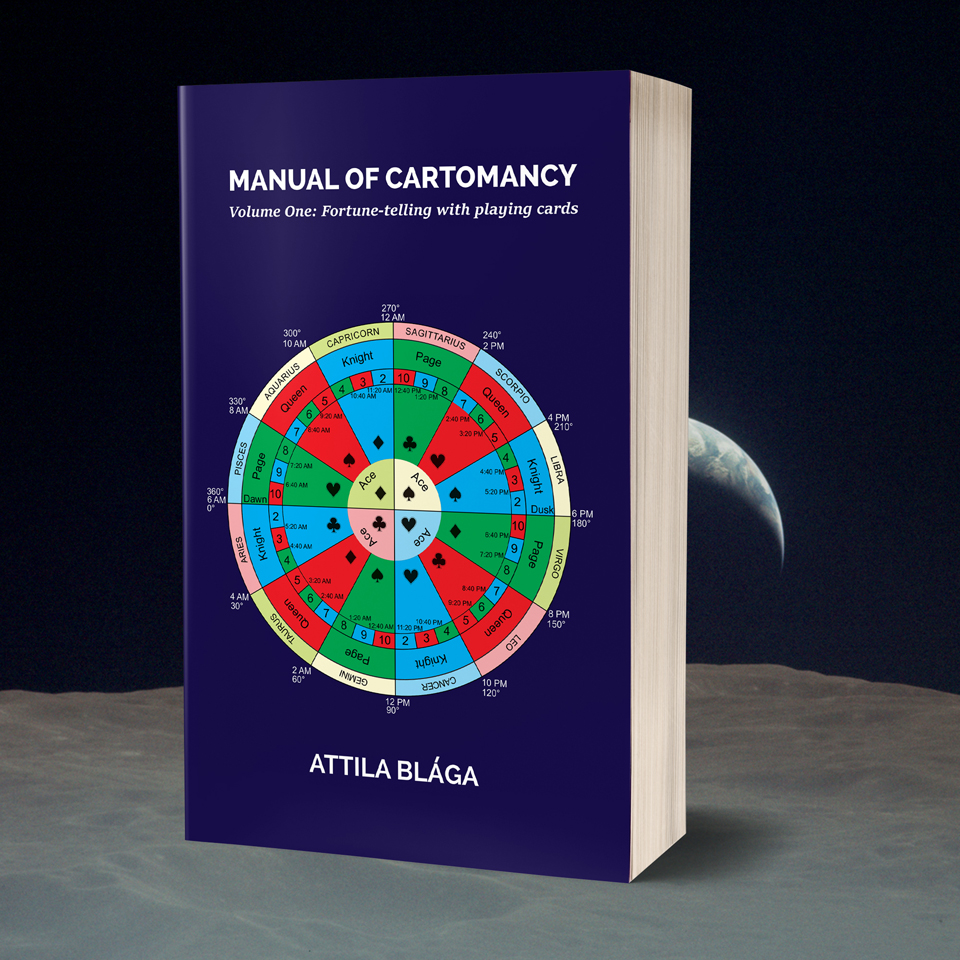
As probably the vast majority of the card readers, I also started backwards. I have begun with reading the cards; only afterwards, I started studying and learning. Three decades later, I am still learning. I have got to the conclusion that learning is an ongoing and never-ending process. The day I will stop being a student is the day I will probably die.
Cartomancy is the art of reading the cards. (…)
The “Manual of Cartomancy” is an exclusive and comprehensive manual of cartomancy introducing the basic concepts, a large variety of methods, and advanced techniques of card reading. Although some fortunetellers are more focused on reading their clients, cartomancy is the art of reading the cards. Reading the minds of their enquirers and provide them with the answers one may suspect they expect, is not the job description of the card readers. What the cartomancer does is to provide guidance based on the information revealed by the cards. The so-called psychic abilities are not a mandatory requirement for cartomancers. The art of reading cards is not necessarily inherited, but one acquired quality. Cartomancy must be studied, understood, and skills are developed by practice. Like any other art, it has a theoretical foundation and a practical side which is built up by experience. Virtually anyone is capable and has the features to become a cartomancer.
The manual is divided into four volumes. From the basics of fortune-telling to the secrets of Ceremonial Magick, these books offer an exclusive and complete initiatory journey.
The first volume deals with fortune-telling with playing cards. Since the Tarot cards became the ‘weapon of choice’ when it comes to card reading, fortune-telling with regular playing card has been generally disconsidered. It is my opinion that fortune-telling with playing cards is where anyone interested in learning and practising cartomancy should start, including Tarot or especially when it comes down to Tarot. It is a matter of anatomy or architecture if you prefer. The fifty-two cards deck of playing cards represent the foundation and the skeleton of the Tarot deck. One cannot raise a skyscraper using the floor plans, foundation and structure of a hut. However, occultists such as Éliphas Lévi or Arthur Edward Waite used to consider playing cards and fortune-telling trivial and focused exclusively or emphasised on the superior character of the twenty-two cards of the so-called Major Arcana. Therefore, occultist and scholars prefer the term divination to distinguish between the use of playing cards and the Tarot. However, this is an inadequate approach, and one should start studying the regular deck of playing cards and only when became familiar with the basic concepts would be recommended to move further to the Tarot. The deck of cards is both a mirror of the universe and a map for navigating through our life. One key element of the deck is the so-called Court Cards. The regular deck of playing cards has only three Court Cards. Several theories are circulated, which is the fourth Court Card introduced in the Tarot deck. Understanding the structure of the deck, respectively its astrological nature, the answer is self-evident. The book includes an introduction to basic notions of Astrology, Numerology, Alchemy and Kabbalah, all directly related and correlated to the study of the deck, respectively the interpretation of the cards. Not at least, the book also deals with the intriguing case of The Fool, known as The Joker in the decks of playing cards, and its fascinating journey to awareness.
The second volume deals with the so-called Major Arcana cards, respectively the twenty-five cards which complete the deck up to seventy-eight cards.
The third volume is an extensive guide for the therapeutical use of the cards, and the practice of Cartomancy as an alternative method of self-development and mean to enlightenment.
The fourth volume deals with the practices of the so-called Natural or Ceremonial Magick, respectively the subtle implications of using the deck of cards for summoning spirits – willingly or accidentally.
Will keep you posted.
#ManualOfCartomancy


